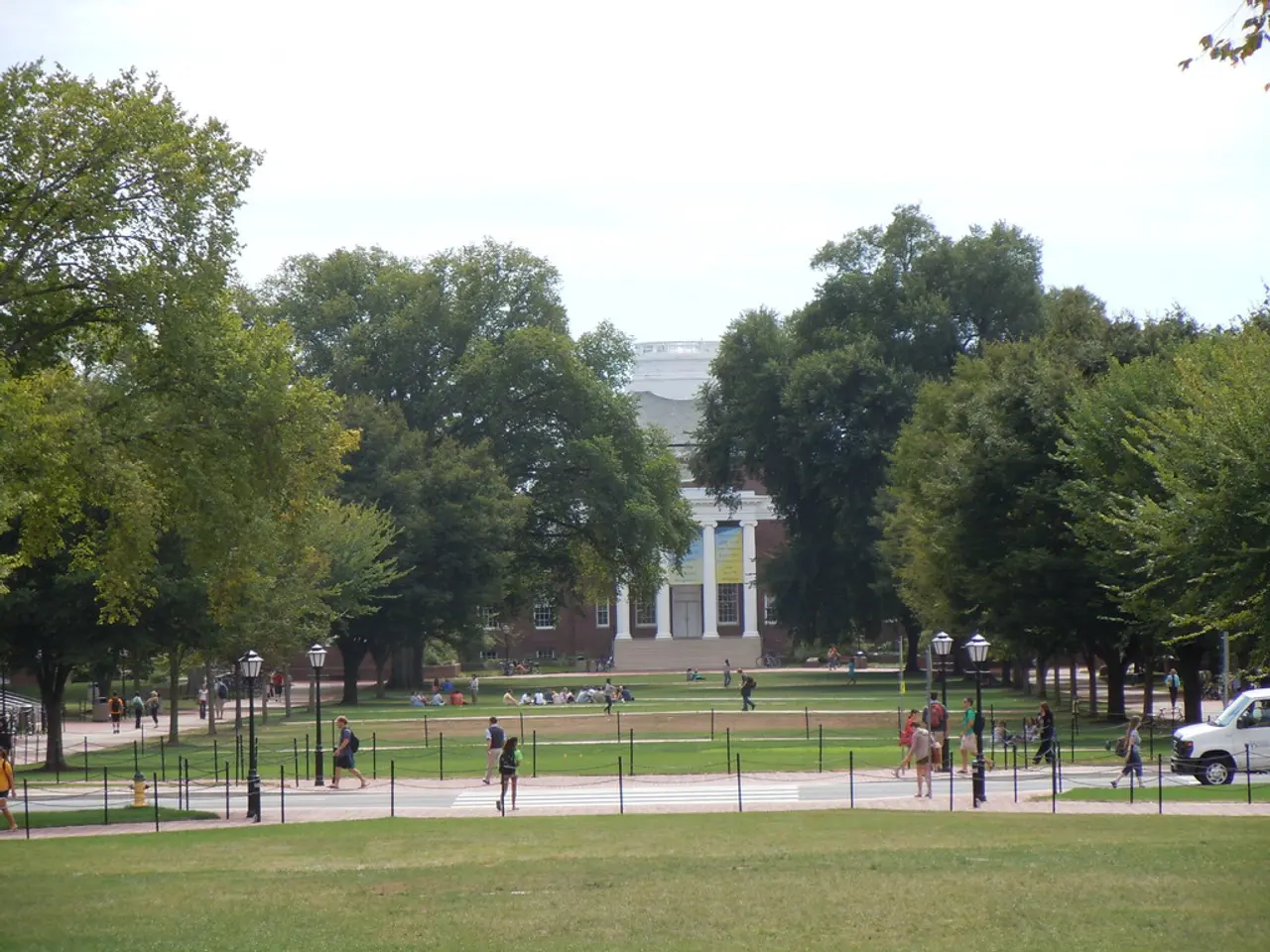Investigating educational application of kōwhai mātauranga in educational settings
In a unique and innovative approach to science education, students at Silverdale Normal School, located in the diverse Waikato area, embarked on a week-long project aimed at combating 'plant blindness' and fostering a deeper connection with local flora. The project, titled "Envisioning Student Possible Selves in Science: Addressing 'Plant Blindness' through Place-Based Education", was designed by Chloe Stantiall, a year 5-6 kaiako at the school.
The project, which was part of the Teaching and Learning Research Initiative, saw students from years 5 and 6 upload images of kōwhai, a native New Zealand tree, to the iNaturalist NZ online database, recognising the lack of kōwhai in the database. This action not only contributed valuable data but also served as a practical demonstration of the students' growing understanding and appreciation of their local environment.
The teaching sequence was rooted in project-based learning, focusing on life skills such as problem solving, creativity, teamwork, and resilience. Activities included exploring kōwhai trees, collecting seeds, planting seeds, observing kōwhai trees, collecting and pressing flowers, research, sharing learning through infographics and poetry, exploring iNaturalist NZ, and graphing observations of kōwhai trees around Aotearoa.
The project aimed to address the minimal number of students in the Kāhui Ako (Community of Learners) taking science-related classes once they reached high school. By engaging students in science and helping them visualise themselves as future scientists, specifically in fields like plant science, the project sought to inspire a lasting interest in the subject.
Chloe Stantiall, who worked alongside researchers Maurice Cheng and Bronwen Cowie, and teachers Nick Bryant and Natalie Thompson during the project, faced several challenges. Balancing what to prioritise in the teaching and learning during the week-long unit was a struggle. Finding local stories specific to the Waikato or Silverdale area was another challenge when teaching from a place-based framework. To overcome this, mixed ability research groups were used during the research phase.
Despite these challenges, the project yielded impressive results. Students produced poems that were particularly impressive, with some writing well above their standard writing level. Some students found it challenging to complete both a poem and infographic. However, the struggle was worth it, as the project led into the overarching term inquiry - We are kaitiaki of our environment.
The project also saw students visit the Mangaonua Gully system near their school to gather first-hand knowledge of native plants. Tamariki at Silverdale Normal School collected kōwhai seeds and seed pods as part of an investigation into the past, present, and future uses of kōwhai.
In summary, the "Envisioning Student Possible Selves in Science" project is a shining example of how place-based education can be leveraged to foster local plant recognition and connections, helping students see themselves as future scientists who understand and care about plants. This dual approach both builds awareness and nurtures scientific identity. The project serves as a testament to the benefits of conducting short, fully integrated teaching units and the potential they hold for inspiring a new generation of plant scientists.
Science education at Silverdale Normal School adapted an innovative approach through a week-long project, "Envisioning Student Possible Selves in Science: Addressing 'Plant Blindness' through Place-Based Education", focusing on environmental science and learning. This educational adventure involved students from years 5 and 6 recognizing the significance of kōwhai, a native New Zealand tree, by uploading images to the iNaturalist NZ online database. The project, part of the Teaching and Learning Research Initiative, integrated education and self-development, nurturing life skills such as problem-solving, creativity, teamwork, and resilience, while promoting a lasting interest in science, particularly in plant science.




